[ad_1]
Though the yard seems to be winding down, it’s getting ready for the oncoming chilly. Roots delay underground, mulches decay into soil, and fungi unfold their mycelia. Plant a fruit tree now, and it’ll have ample time to find out itself for subsequent 12 months’s rising season. It’ll have the units to outlive droughts, freezes, and harsh native climate.
Spring might also be a beautiful time for planting a tree, though it presents the specimen rather a lot a lot much less time to find out itself prior to summer time season’s warmth arrives. Fall plantings have the advantages of winter dormancy, fall root development, and early spring sprouting on their aspect.
The key to fall plantings is getting the species inside the bottom not decrease than six to eight weeks prior to your first arduous frost. This ensures the timber have ample time for rising healthful roots that acclimate to your yard’s circumstances. Whether or not or not or not buying for balled and burlapped, bare-root, or container-grown timber, they’ll thrive do it’s a must to plant all of them by fall.
Causes to Plant Fruit Bushes All by Fall
Listed beneath are 5 key the explanation why it’s most attention-grabbing to plant fruit timber beneath the coolness of autumn.
There’s Extra Choices
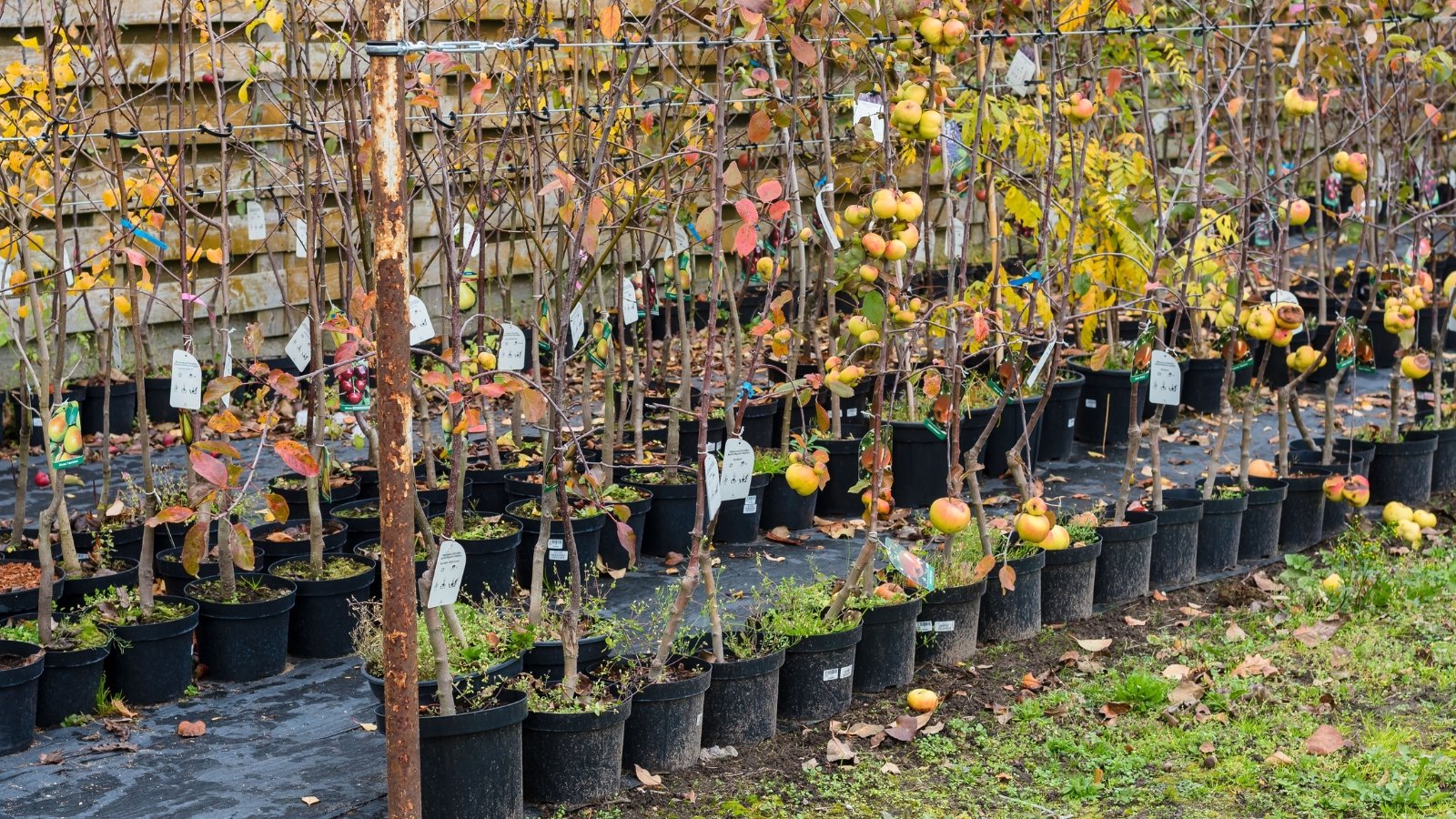

Heat spring native climate alerts it’s time for plenty of growers to yard. You’ll uncover restricted nursery alternate choices, picked by means of inventories, and a low number of fruit timber. In fall, most gardeners assume it’s most attention-grabbing to lie the yard all one of the best ways proper all the way down to leisure for winter. Whereas that is true, it’s furthermore true that fall is a perfect time for planting a tree.
Not solely are there wider alternate choices inside the autumn, nonetheless there are furthermore additional choices for the kind of tree you should purchase. Nursery tree growers promote deciduous fruit timber in 3 strategies: balled and burlapped (B&B), bare-root, and container-grown.
Naked-root is among the greatest completely different if it’s in the marketplace close to you. They’re timber with out soil and leaves, with their roots uncovered. You’ll have to plant them inside every week of buying, nonetheless they’ll develop elevated roots and shoots than B&B and container-grown provides.
Select B&B timber do it’s a must to’re planting massive specimens or evergreen species. If neither B&B nor bare-root timber could also be found, go for container-grown timber with healthful roots. Research their pot’s drainage holes to make sure no roots are poking out. Attempting root tendrils sign a root-bound specimen. You’ll need healthful fruiting specimens with scaffolding branches, ample root development, and a straight trunk.
Roots Develop Higher
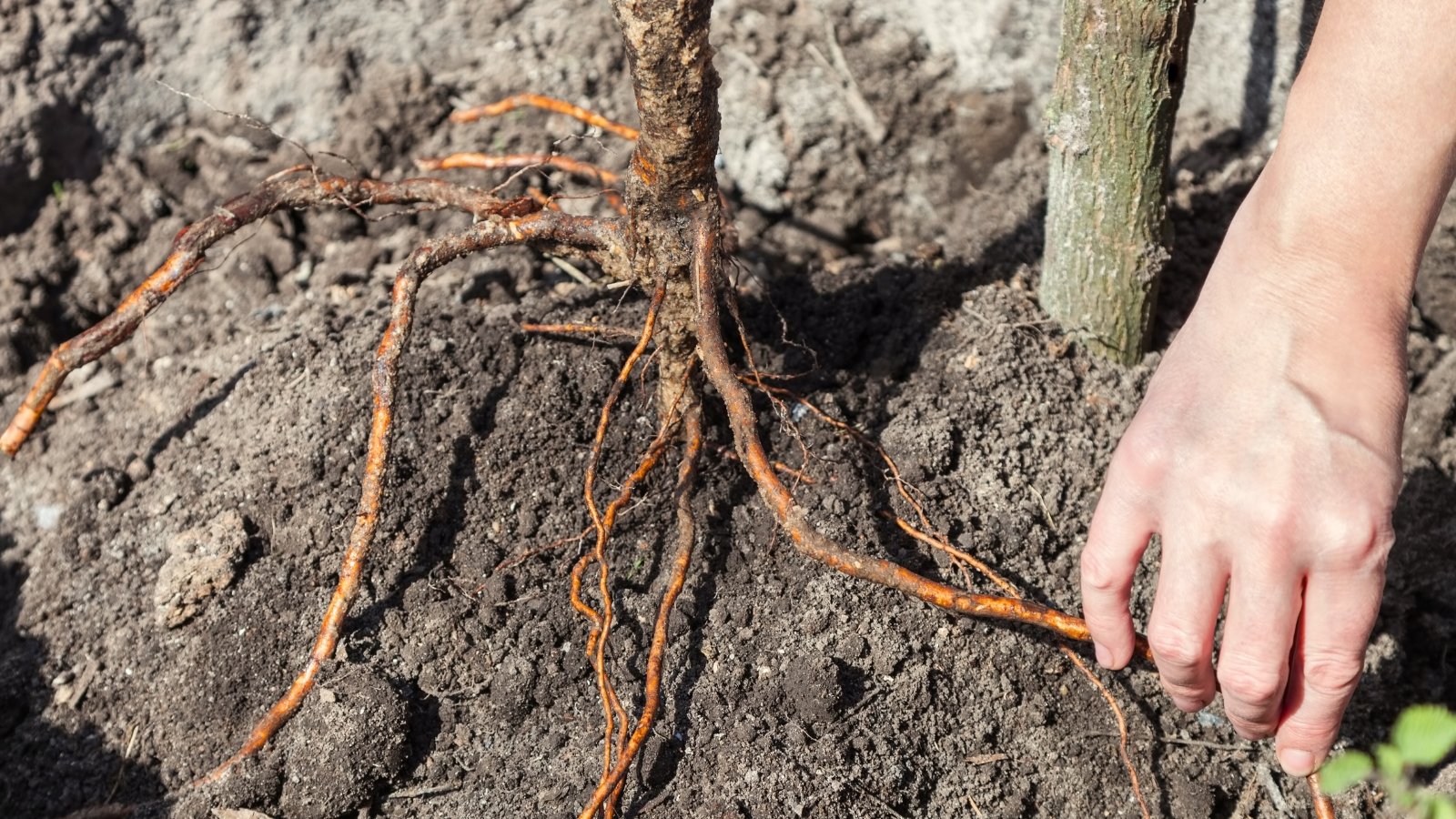

Plant an apple, plum, or apricot tree inside the autumn, and it’ll develop dozens of roots prior to the primary frost! These tendrils anchor the tree to your yard’s native soil, giving them help to courageous storms and windy native climate. Get the saplings into the underside six weeks or additional prior to the primary frost and so they additionally’ll courageous the chilly native climate with out downside.
On account of fall plantings have time to develop additional roots than spring ones, they’re elevated outfitted to maintain harsh summer time season native climate. Spring plantings should maintain each forming roots and leafy shoots. Splitting their vitality into two duties, they could wrestle to take care of pests, sicknesses, and harsh native climate.
Spring is solely not the worst time to plant a tree, although; summer time season is the worst time for transplanting. Vegetation should survive drought and excessive temperatures whereas forming roots, flowers, seeds, and branches. I can’t do a couple of concern, so I can solely take into accounts their ache! Keep away from any of those elements by prioritizing fall fruit tree plantings.
Fall Plantings Resist Drought
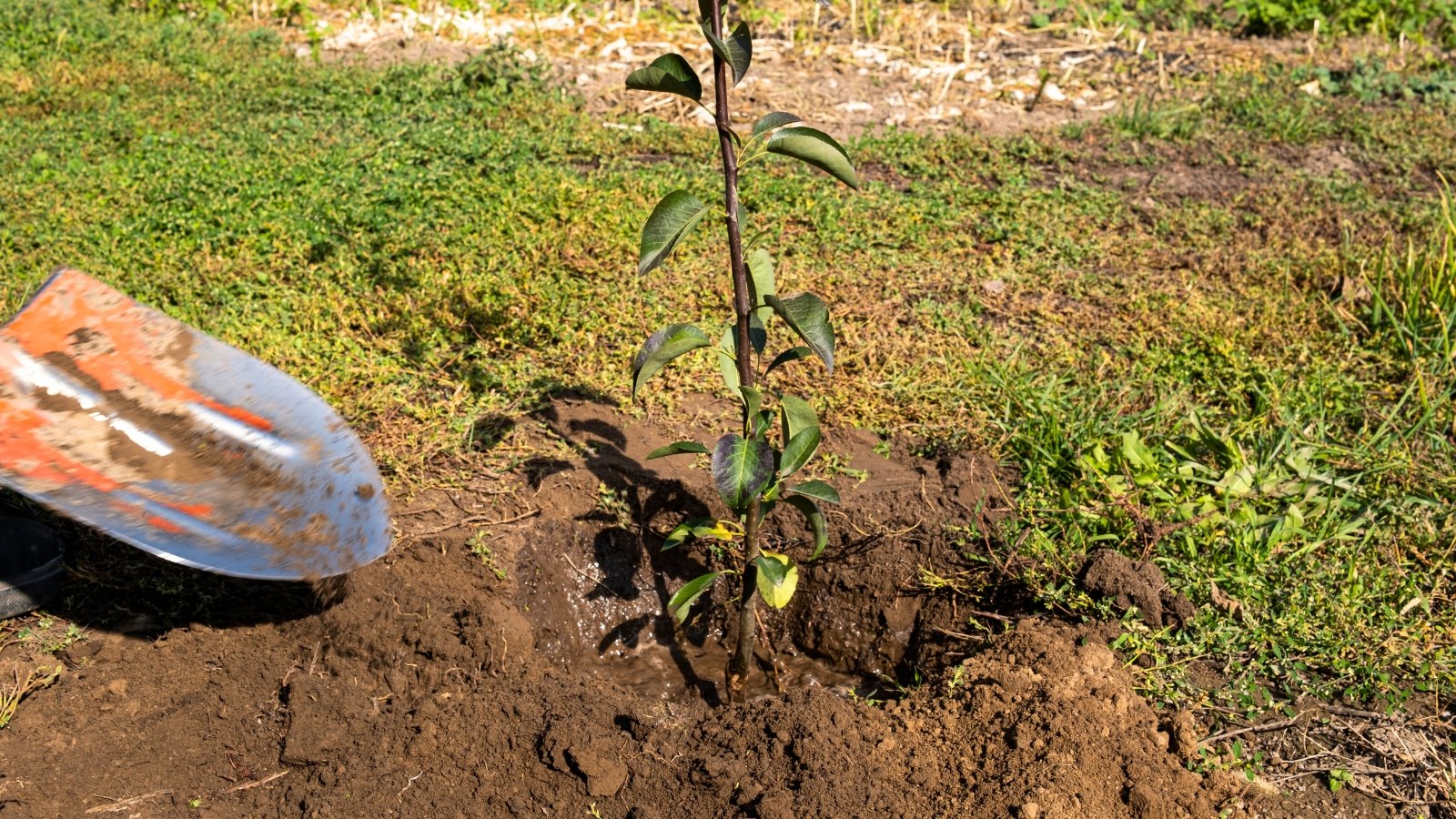

How are fall plantings additional drought-resistant than timber planted at completely completely different conditions of 12 months? With additional roots than their counterparts, they entry additional soil particles. If one part of the underside is dry nonetheless one completely different is moist, they may pull water up from the moist house and simply survive.
Extra roots furthermore recommend they could have additional connections to mycorrhizal fungi. These fungal our our our bodies develop mycelia-like crops’ roots nonetheless for fungi. They unfold and colonize the soil, forming connections with woody species. They modify minerals and water for sugars that the timber present readily. The extra roots your tree sprouts in fall, the extra mycorrhizal connections it’d make by spring.
These components mix to create a sturdy, resilient, fruit orchard that thrives. Try it in your yard to see in your self! Plant a fruiting tree inside the autumn, then plant one completely different contained in the spring. Defend newly planted timber to see how they fare from spring by means of fall. Measure their branches to see which grew elevated. The outcomes could shock you!
Improve Fruit Yields
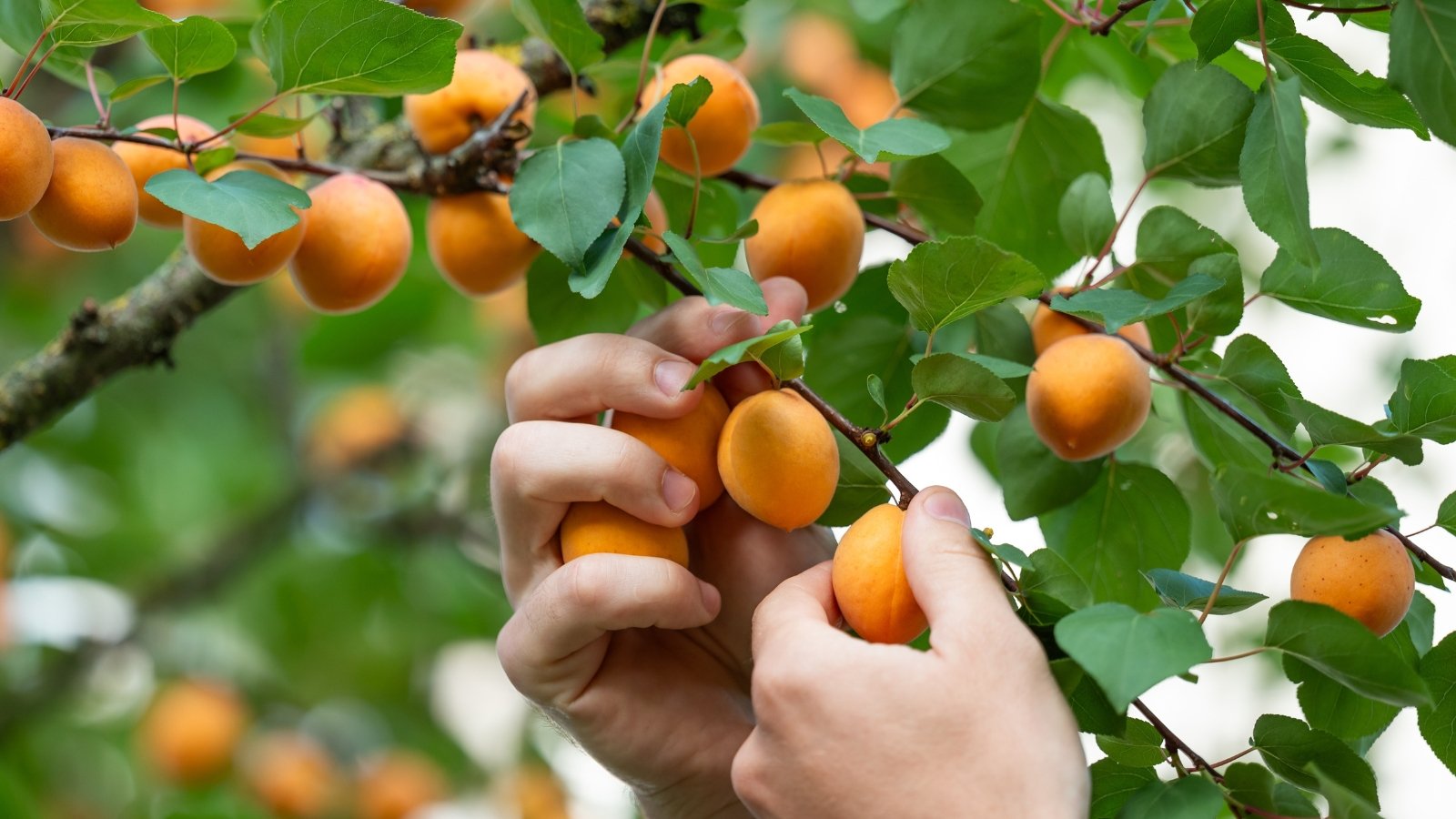

With additional roots, a elevated branching constructing, and an earlier awakening from winter dormancy, fall-planted fruit saplings are susceptible to develop higher harvests than spring-planted ones. They’ll have additional entry to dietary nutritional vitamins, moisture, and daylight with ample leaves and a strong root ball.
The required issue to fall planting is getting your fruiting species inside the bottom prior to arduous frosts arrive. Saplings want moist, heat soil to develop roots, and so they additionally halt all development completely if the underside freezes. Calculate your first frequent frost date by wanting the decide of your metropolis with “first fall frost date.” Then, calculate backward six to eight weeks. That is the best autumn planting time in your hardiness zone. Don’t overlook to prune your tree merely prior to budbreak in spring.
Water So much a lot much less
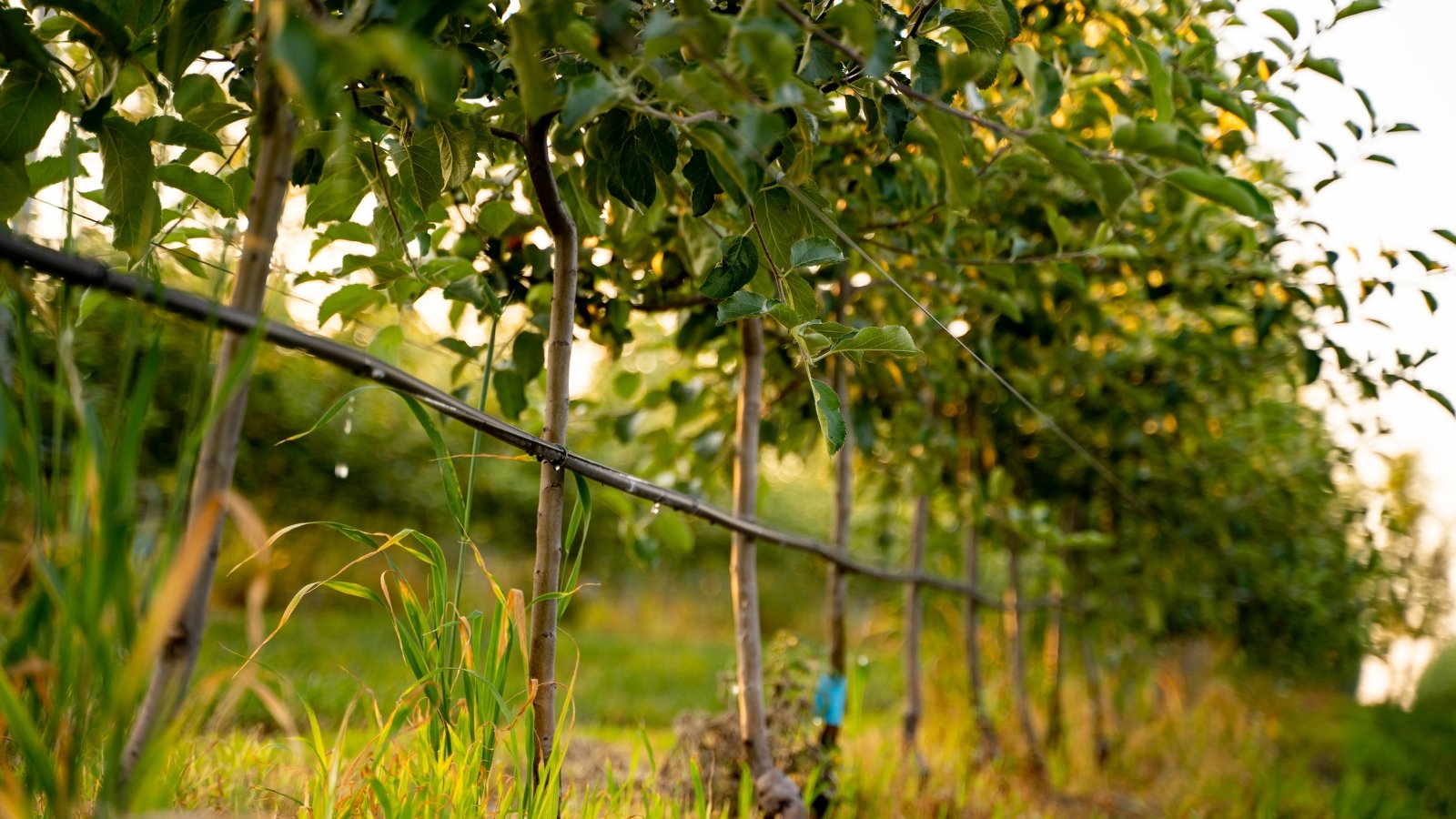

In most of North America, fall alerts the arrival of moist storms. Rains improve and totally moist the underside, making an excellent residence for mannequin new saplings. Moist soil is unfastened and crumbly when excessive in pure matter, and easy for roots to push by means of.
Fall is sweet for low-maintenance transplanting due to new transplants want additional moisture than established specimens. You gained’t have to take a look at the soil day-to-day to make sure it’s nonetheless moist—if it’s raining, it’ll be moist sufficient! Your fruiting saplings will thrive with little care, that means you presumably can spend your idle time seed catalogs and planning subsequent 12 months’s yard format.
The exception is for fruiting species that develop beneath cowl. The quilt prevents rainfall from reaching the soil, and the underside will almost certainly be dry additional usually than uncovered beds. Affirm places like these a few events every week all by autumn to guarantee the underside stays moist, nonetheless not soggy.
Greatest Fruit Bushes for Fall Planting
In your perusing, chances are chances are you’ll shock which fruit timber are most attention-grabbing for planting all by autumn. Marvel no additional, as these are some good decisions for chilly climates. In case you reside in heat winter climates in hardiness zones 10 and above, it is best to plant tropical fruiting species in the midst of the cool seasons like guava, citrus, and mango.
Cherry
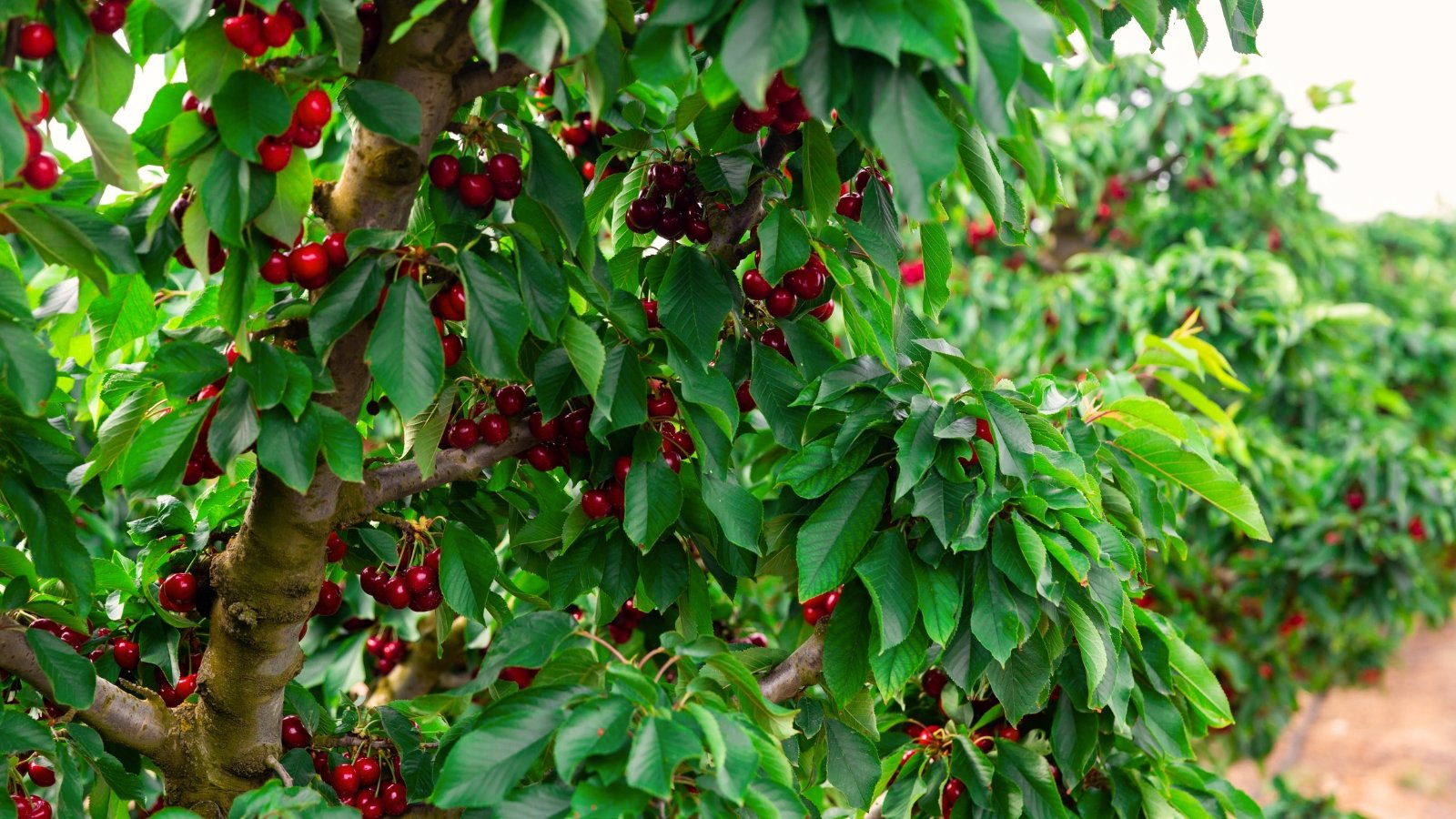

Present cherries are often not like every completely different fruit! They’re impeccably candy with a slight tartness. Plant a candy alternative like ‘Bing’ with one completely different like ‘Rainier.’ You’ll want two timber for optimum pollination and fruit formation.
Candy cherries are wonderful for consuming newest, whereas bitter ones want processing prior to they’re edible. Use bitter cherries in jams, jellies, and pies with some preparation.
Apple
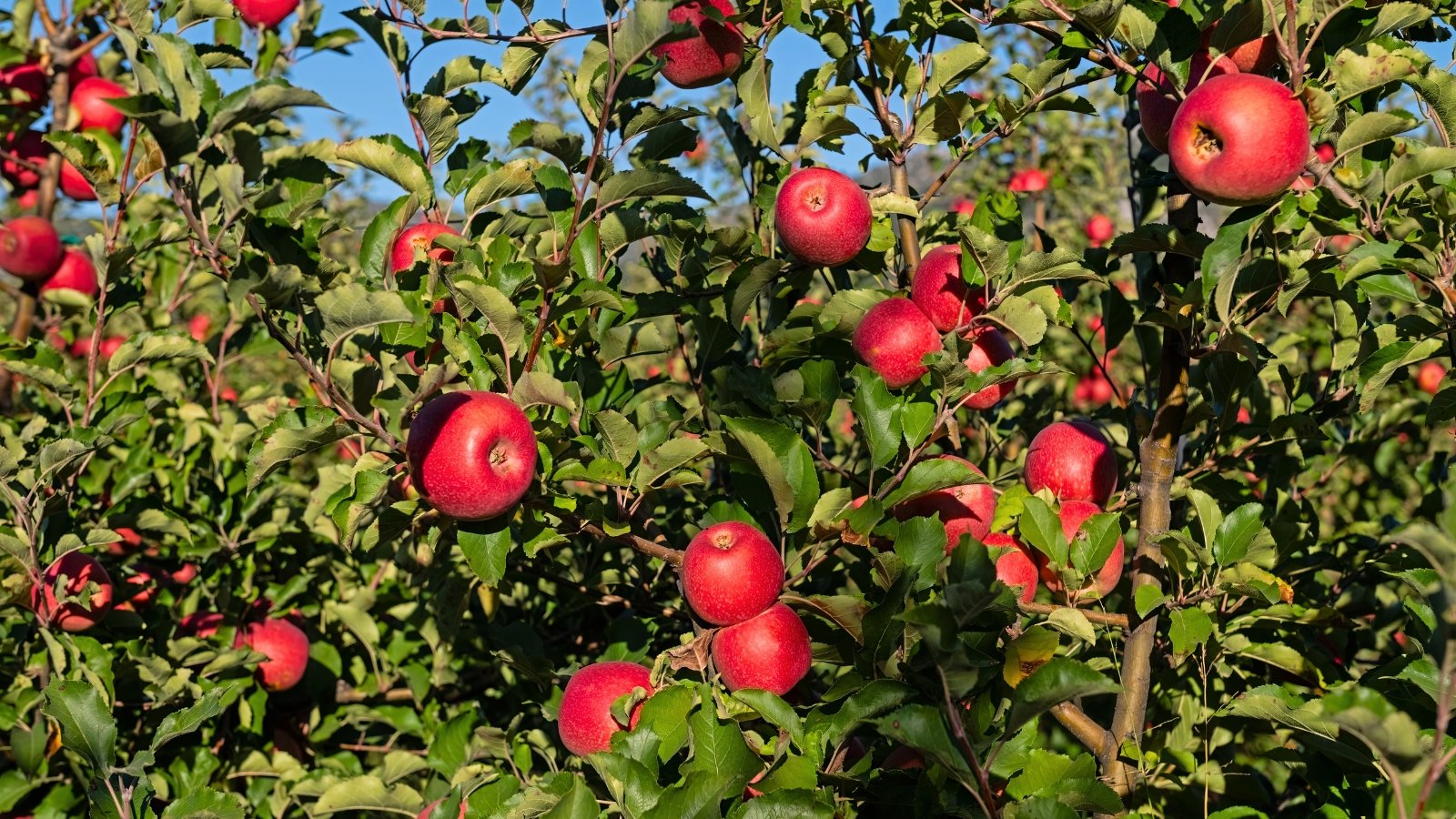

Apples are iconic timber all by the use of the world. There are various of types with totally completely completely different flavors, textures, and hues. Select a tart inexperienced one like ‘Granny Smith’ for pie-making, or an exceptionally candy one like ‘Fuji’ for contemporary consuming. Apples are like cherries, requiring two shut by timber for worthwhile pollination and excessive fruit yields.
In case you need making jams and jellies, attempt a crabapple tree in its place. Crabapples sprout tiny fruits the dimensions of quarters which can be terribly tart. Use them with sugar in candied syrup, jam, or jelly.
Serviceberry
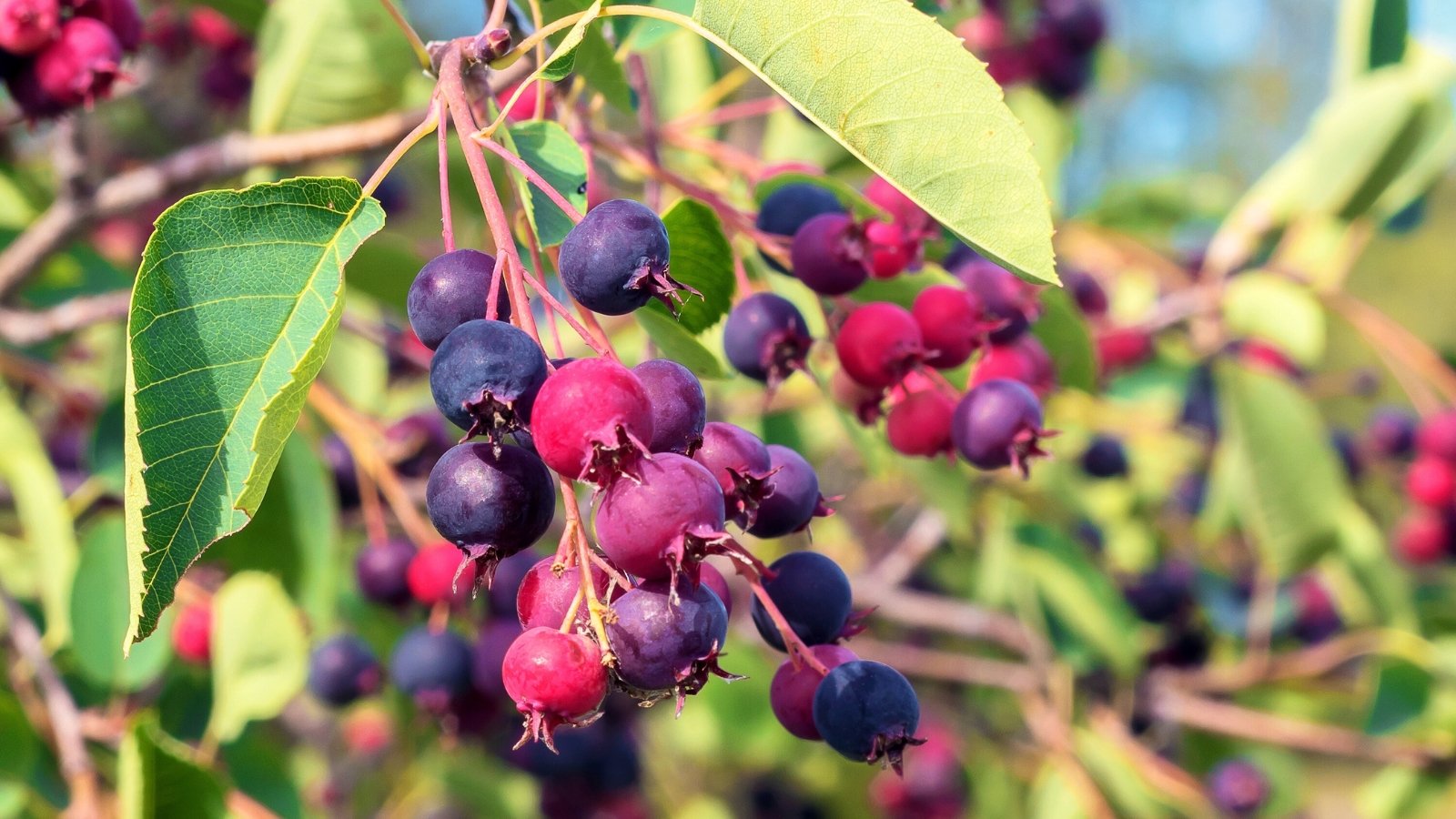

This North American native shrub or small tree is rising in reputation in residence gardens! It sprouts tasty berries that resemble blueberries with maroon hues. They sort like a cross between blueberries, raspberries, and blackberries. Choose them for newest consuming or course of them into syrups and sauces.
There are two essential species of serviceberry, the widespread one and the Saskatoon one. Use varieties of Saskatoon serviceberry in western areas of the U.S., and plant cultivars of the widespread species in jap states.
Pear
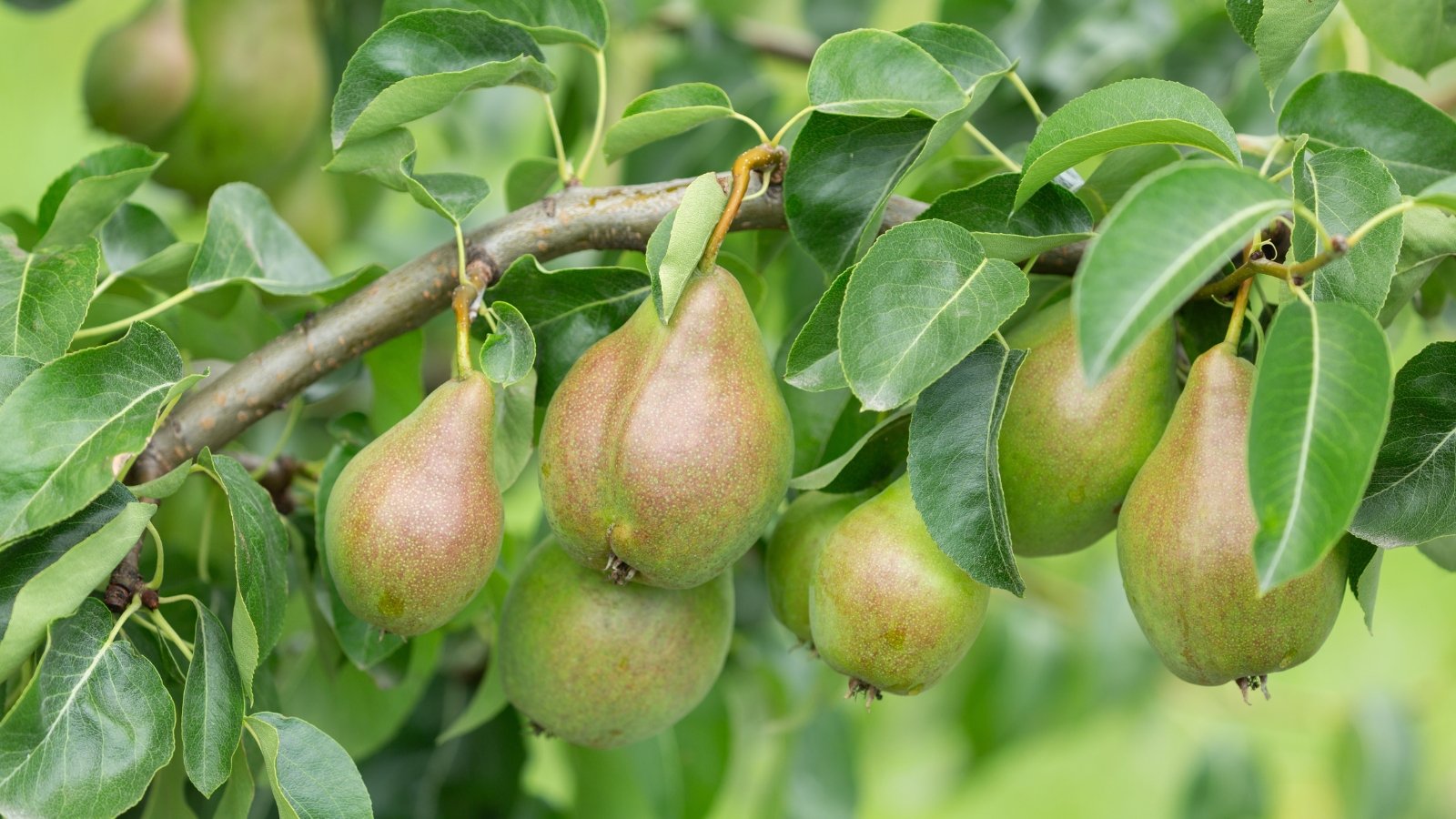

Pears, like apples and cherries, want a accomplice tree shut by to pollinate their flowers to allow them to develop pears. Select two varieties for planting, like ‘Ure’ and ‘Golden Spice,’ since they bloom concurrently. Pears are wonderful for canning, newest consuming, or sauce making.
Stone Fruit
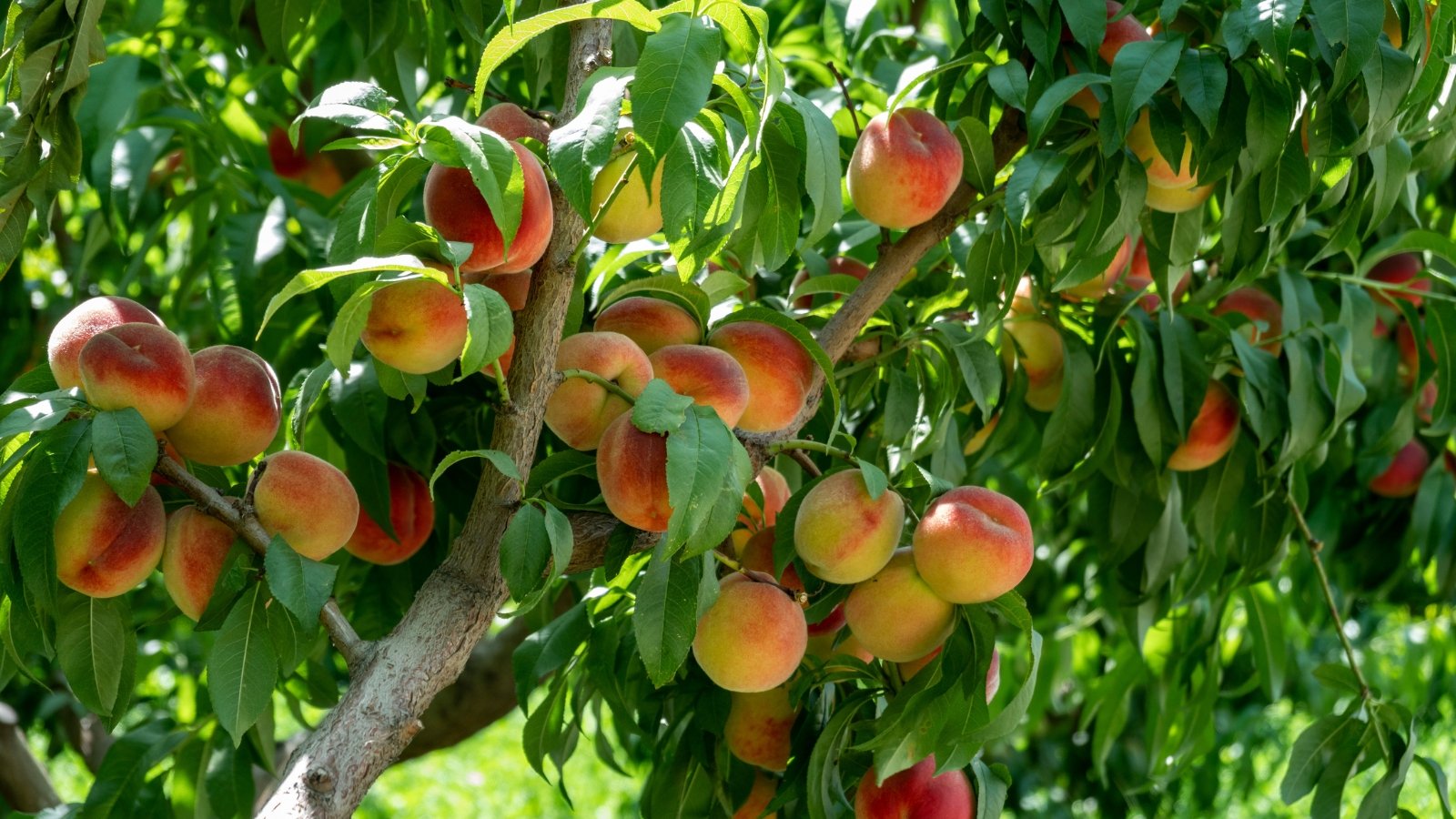

Plums, peaches, and nectarines are cold-hardy stone fruits that love rising beneath cool native climate. They’ll thrive after an autumn planting, and a few mature specimens could develop fruit their first 12 months!
For an optimum fruit set, select two varieties that pollinate one another. Some stone fruits self-pollinate like European plums and bitter cherries. Plant one among these you almost certainly have restricted dwelling contained in the yard.
PawPaw
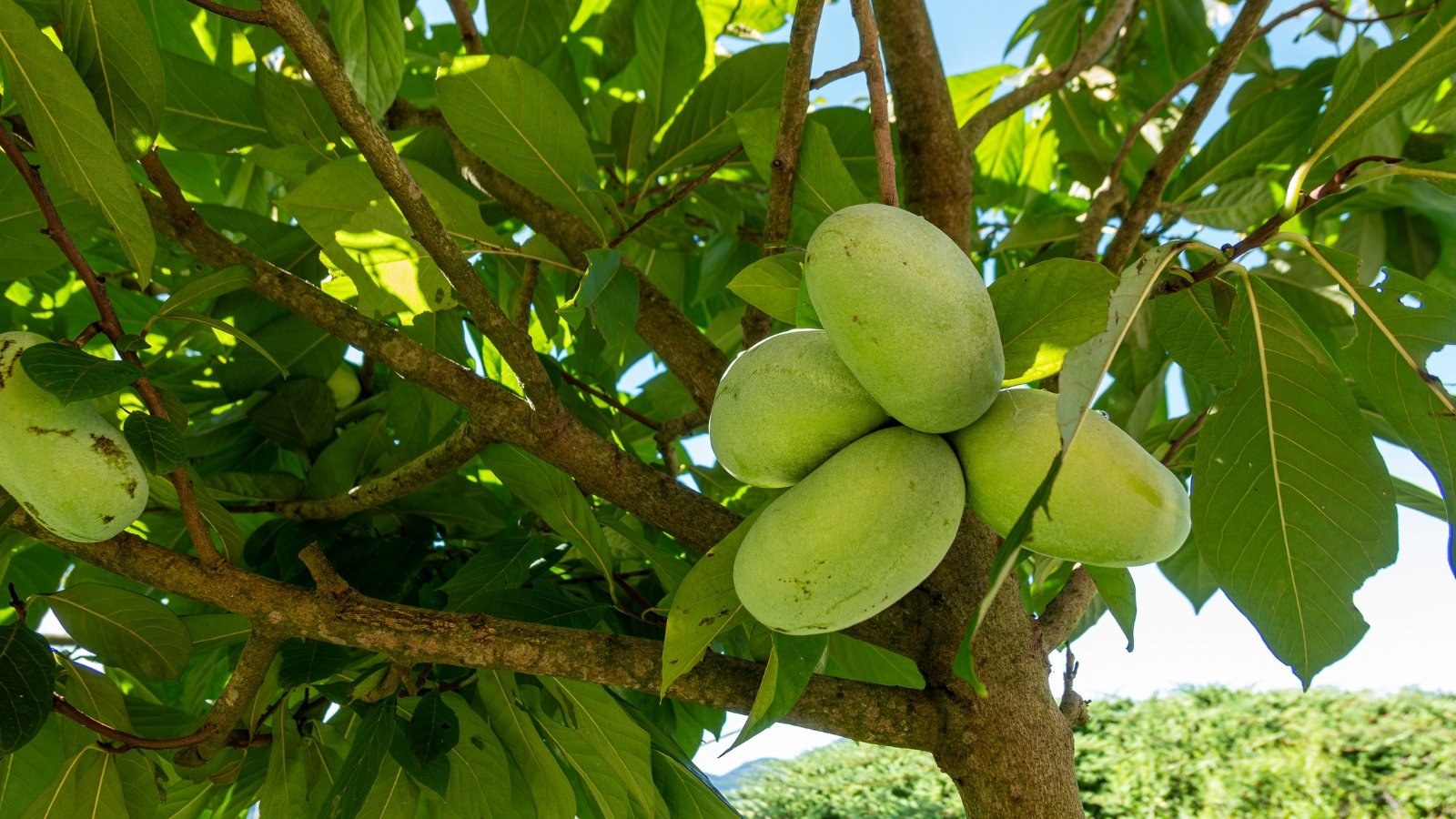

Pawpaw fruits sprout off a North American native tree like serviceberries! This edible native plant loves rising beneath shade and is right for gardens with out slightly rather a lot daylight. It’ll furthermore thrive beneath full photograph voltaic within the occasion that they’ve persistently moist soil.
Pawpaws sort like tropical fruits. They’re like a combination of bananas and mangoes, and so they even have black-brown seeds inside. Choose them for contemporary consuming, and revel of their white or yellow creamy flesh.
[ad_2]
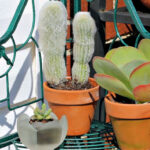
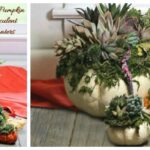
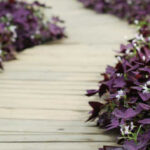
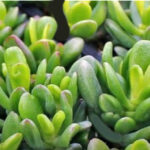
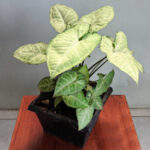
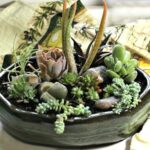
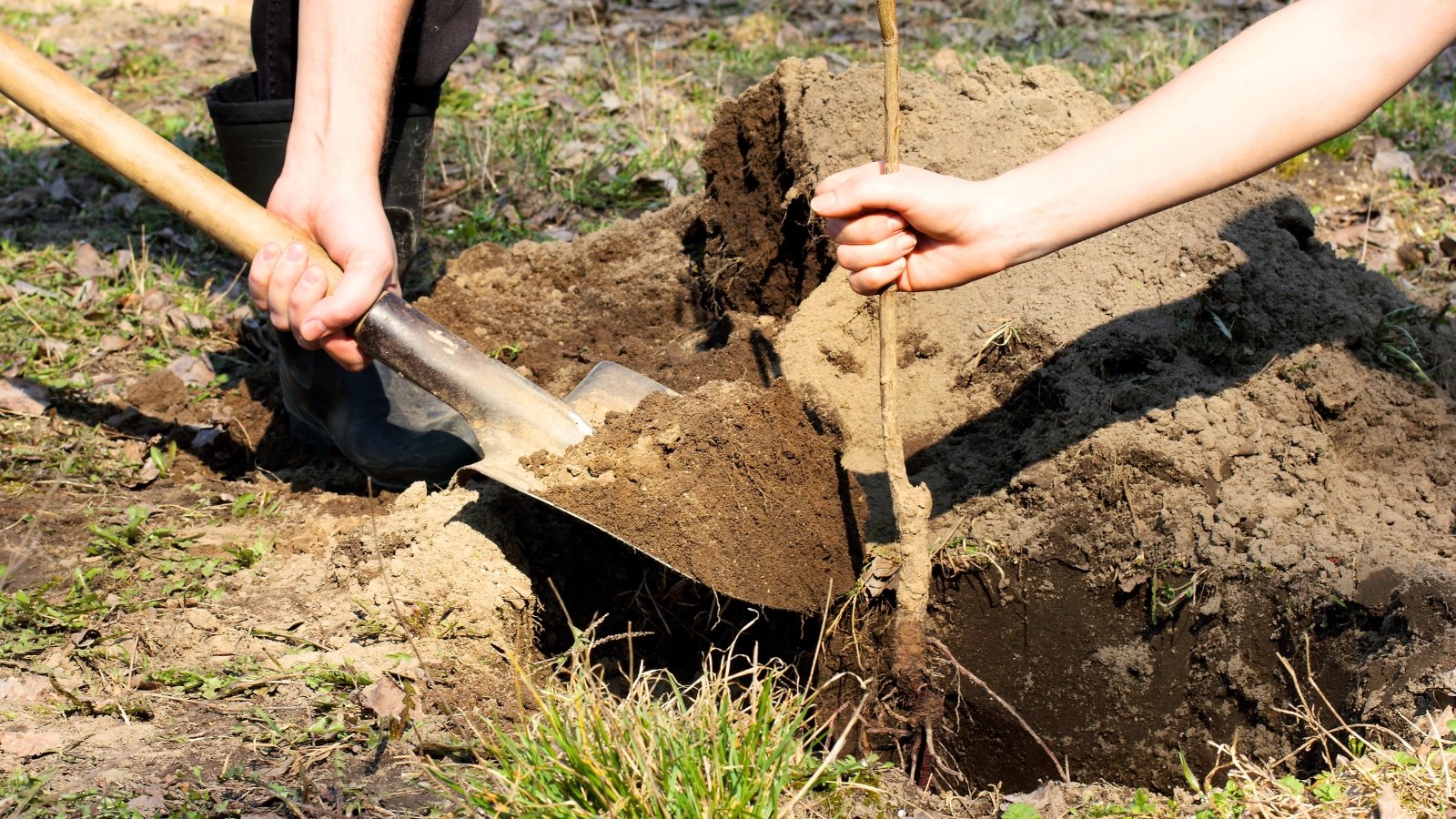
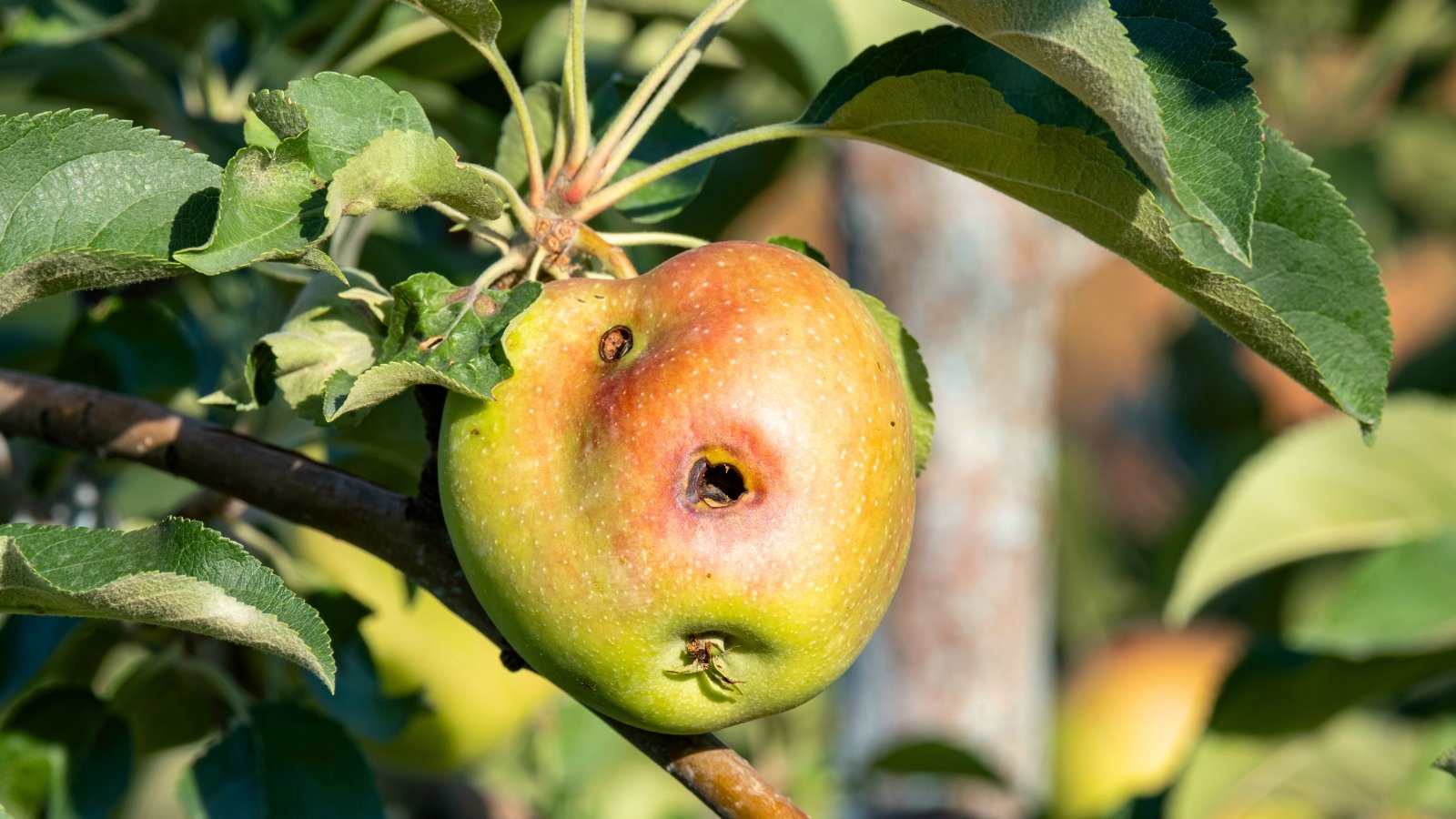
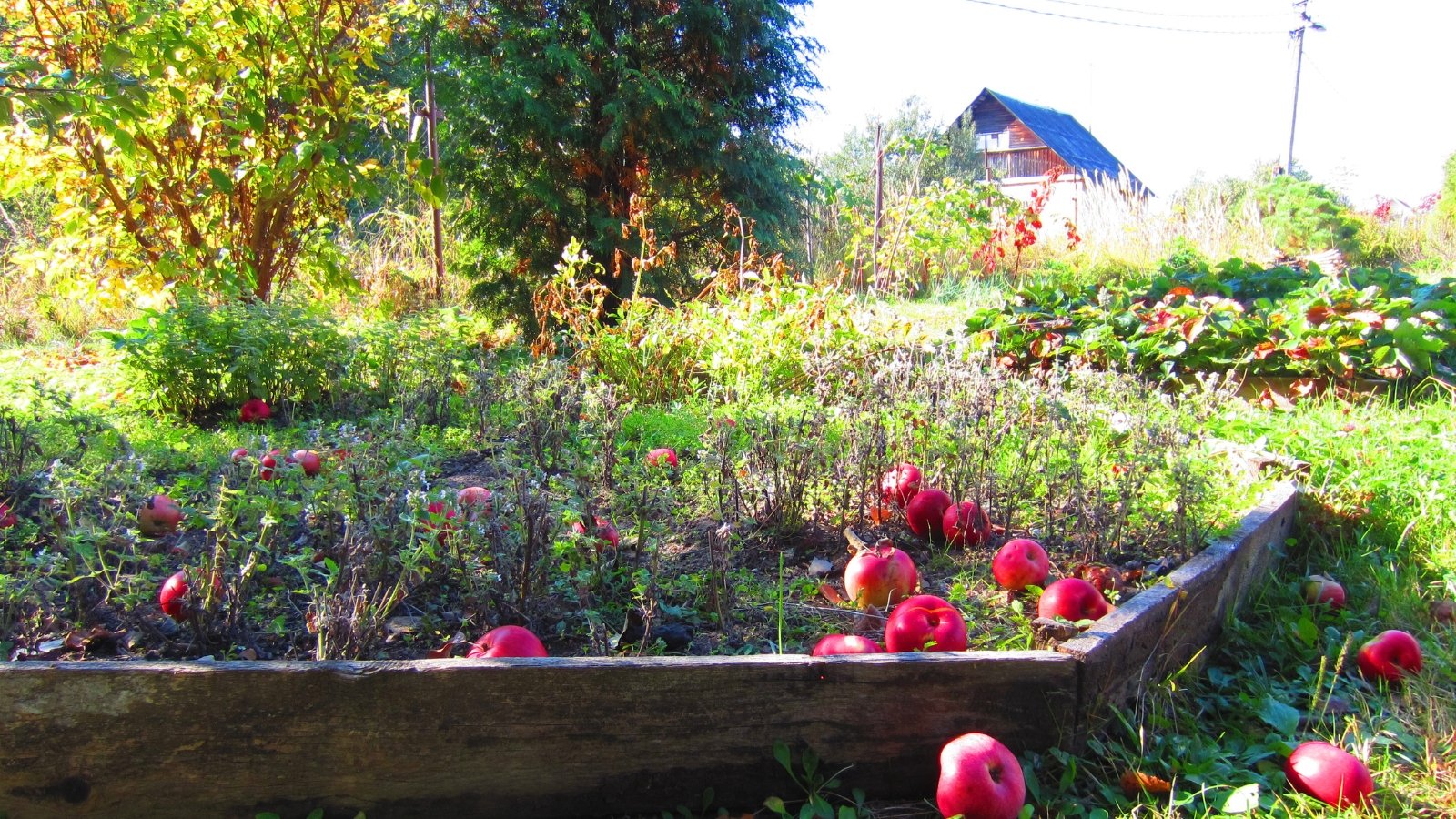
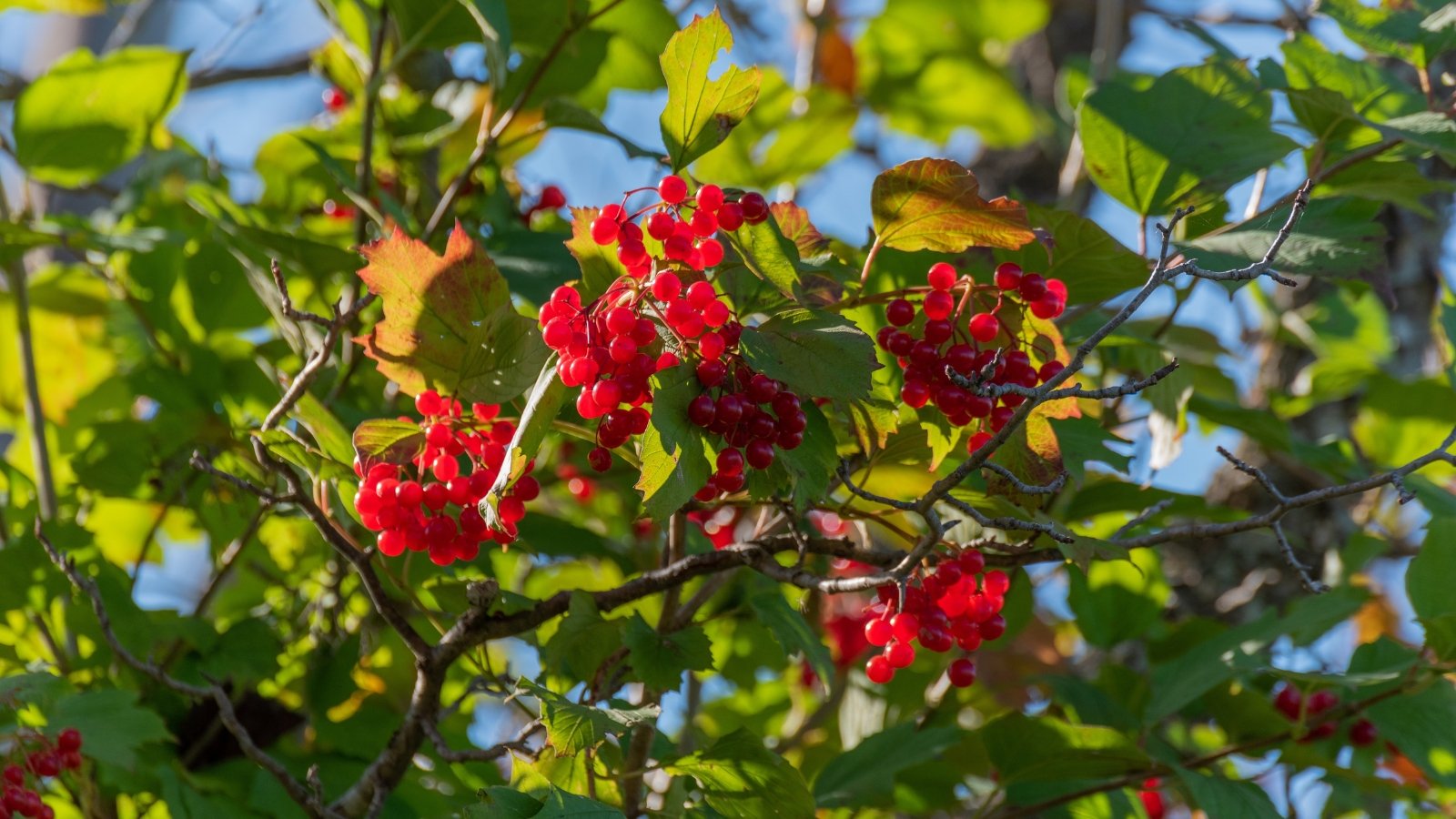
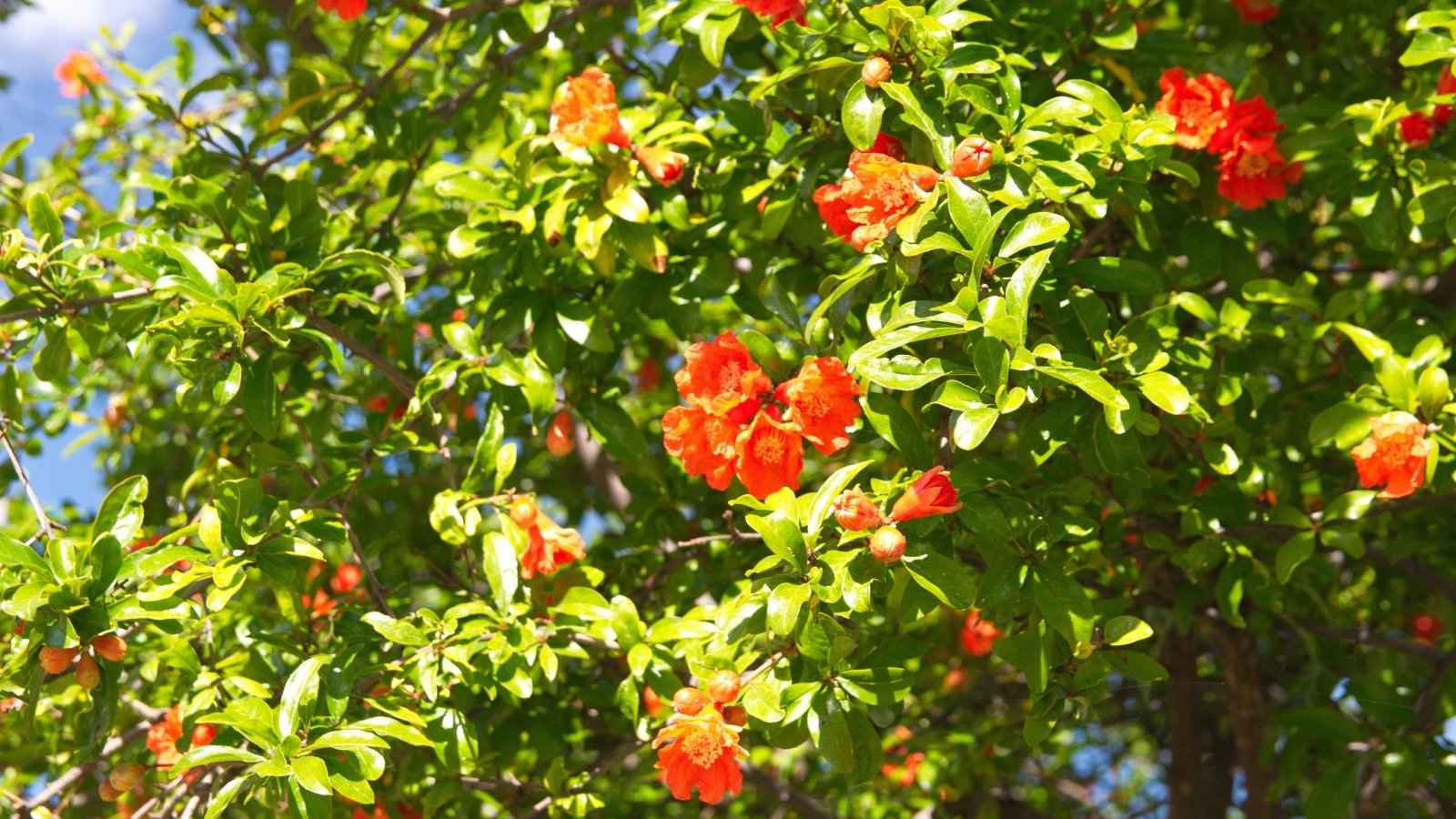
I never realized that fall was such a great time for planting fruit trees. The information about root growth and drought resistance is particularly helpful. I’ll definitely consider this approach for my garden next season.
This article highlights important aspects of fall plantings that many gardeners overlook. The contrast between spring and fall planting strategies is clearly explained, making it easier to understand the benefits of each season for tree growth.
The article provides a thorough overview of the benefits of planting fruit trees in the fall. It’s interesting to see how autumn can be advantageous for root development and resilience against harsh weather conditions. I appreciate the detailed species recommendations as well.
The insights shared about moisture levels in autumn soil are quite enlightening. It’s good to know that less maintenance is needed during this time, allowing gardeners to focus on other tasks while their trees establish themselves.
I found the section on selecting different types of fruit trees for fall planting very useful. The specific examples provided help clarify which varieties perform best under cold conditions, guiding readers toward successful gardening choices.